The Thompson Fire in northern California obliterated more than a dozen homes and consumed nearly 4,000 acres of land prior to being contained recently.
Since the fire broke out at the beginning of July, firefighters have been battling it, forcing up to 28,000 people to leave.
Firefighters Efforts

According to the Guardian, the fire was tackled by more than 1,400 firefighters and other personnel from all over California.
The Thompson Fire harmed at least eight individuals since it began blazing out of control.
Oroville Destruction
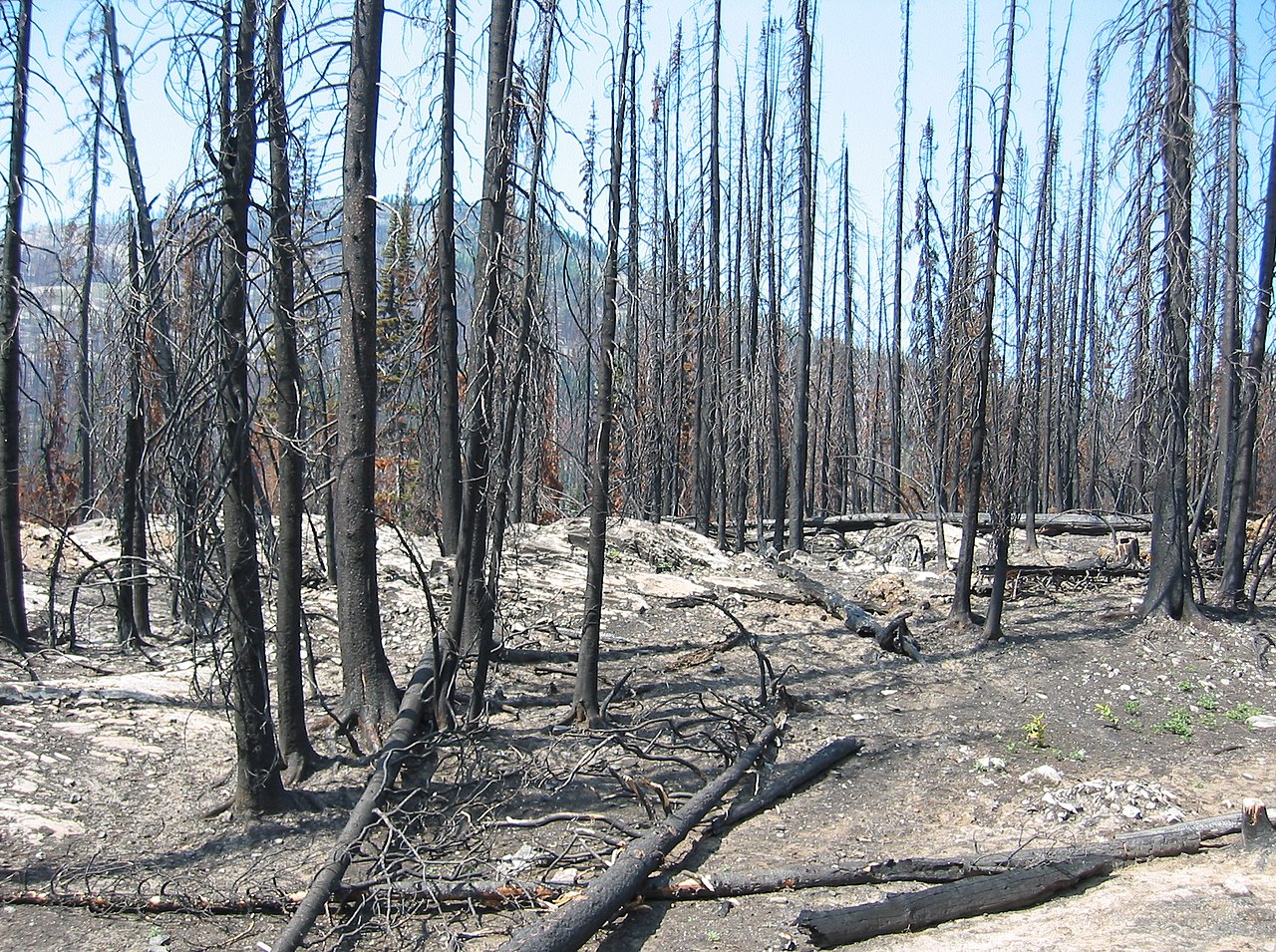
It has obliterated over two dozen buildings in or close to the town of Oroville.
The city is approximately 70 miles north of Sacramento and is home to a little more than 20,000 individuals.
Extreme Heat
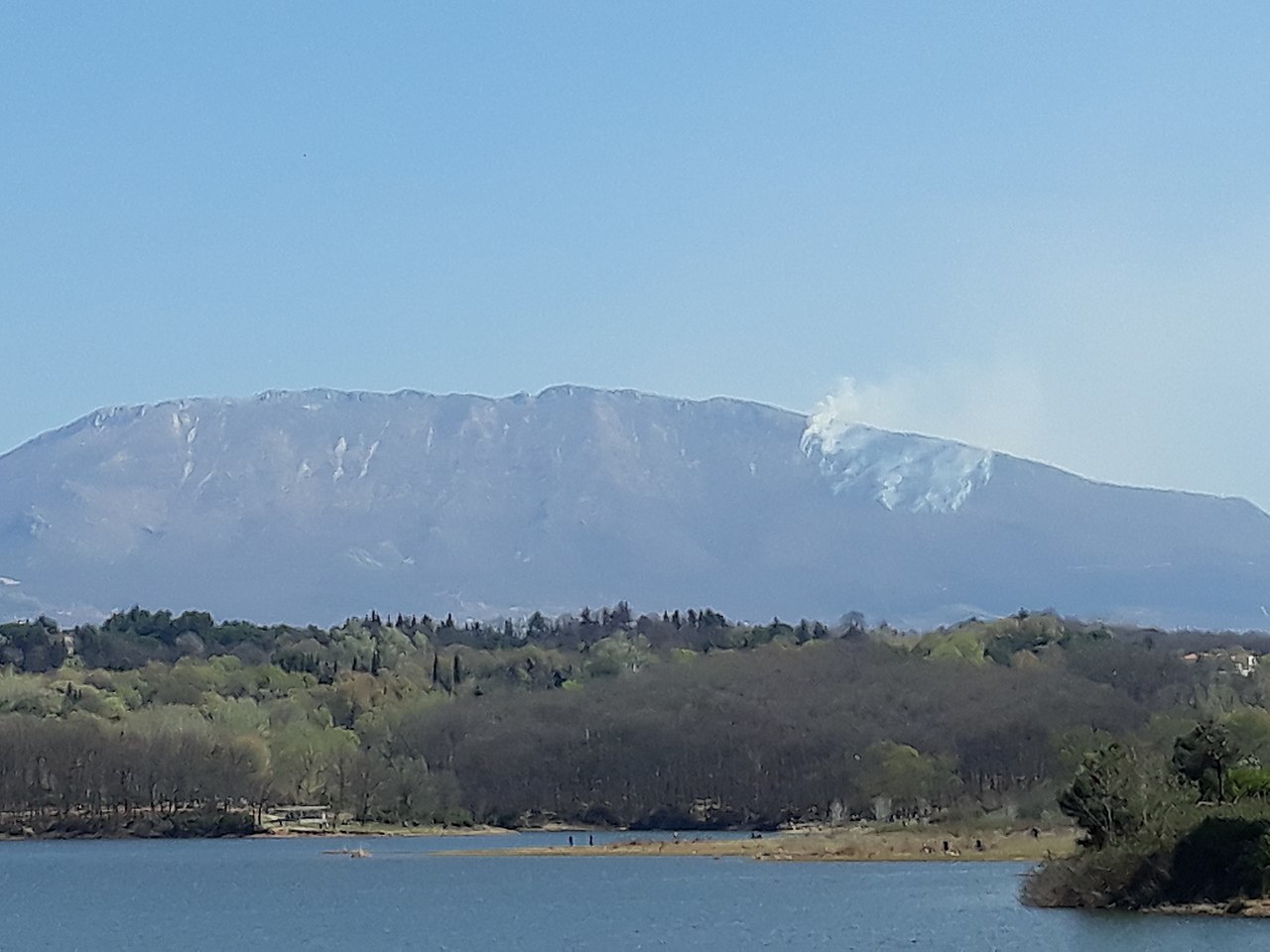
According to Cal Fire, the blaze had been completely contained by July 8 and moved into “patrol status.”
Those attempting to contain the massive fire encountered difficulties due to the extreme heat.
Temperature Warning
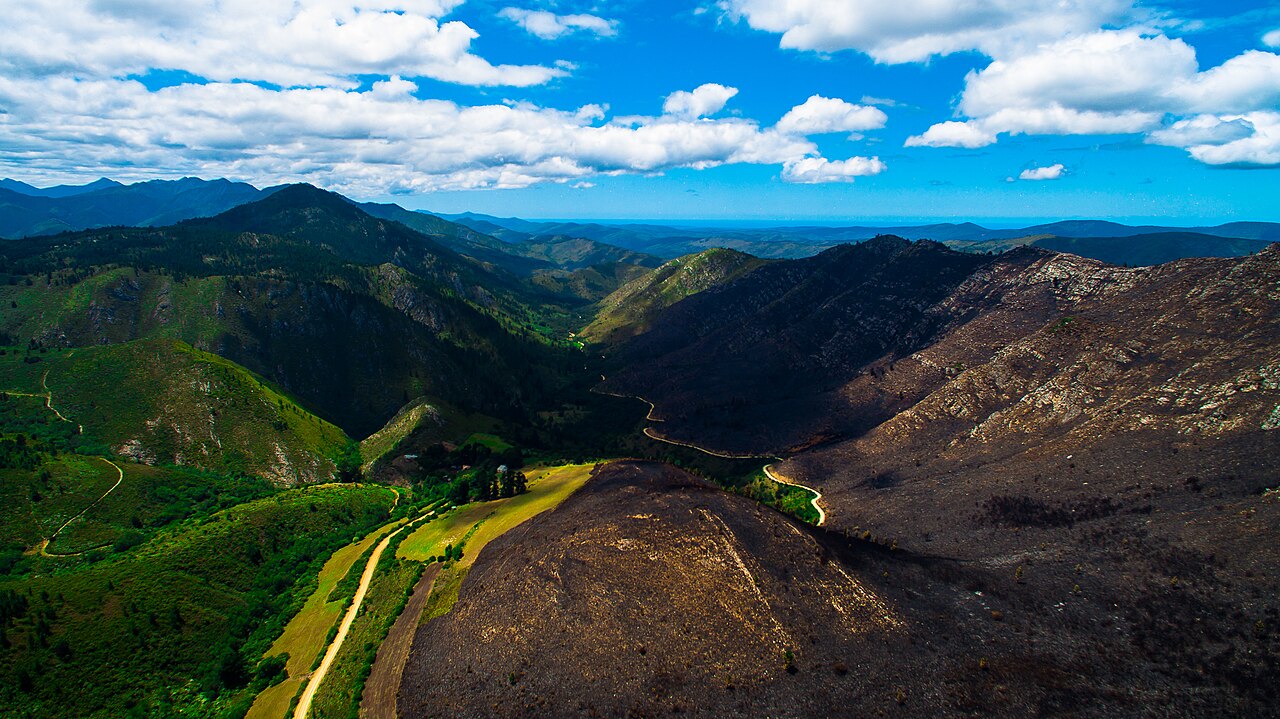
An excessive heat cautioning was given for northern California, where temperatures were gauged to peak somewhere in the range of 105 and 115 degrees Fahrenheit.
According to a Guardian report on July 3, the deputy director of Cal Fire, Nick Shuler, stated, “It’s going to be a challenge both day and night — so the message is prevention.”
State of Emergency

To ensure that resources were available to control and contain the fire, the governor of California declared a state of emergency for the region.
The Thompson Fire is one of a few wildfires in California since early July.
July Destruction

As of July 10, more than 2,250 structure fires and more than 3,500 wildland fires had destroyed over 207,000 acres in the state so far this year.
A few investigations have shown that our warming world is expanding the rapidly spreading fire season, increasing wildfire recurrence, and consuming more acres of land.
Wildfires Multiplying

A study distributed for this year in Nature found extreme wildfires have multiplied in recurrence and size throughout recent years.
The study additionally noticed that the past seven years have seen the six most extreme wildfires of the last 21 years.
Breaking Records
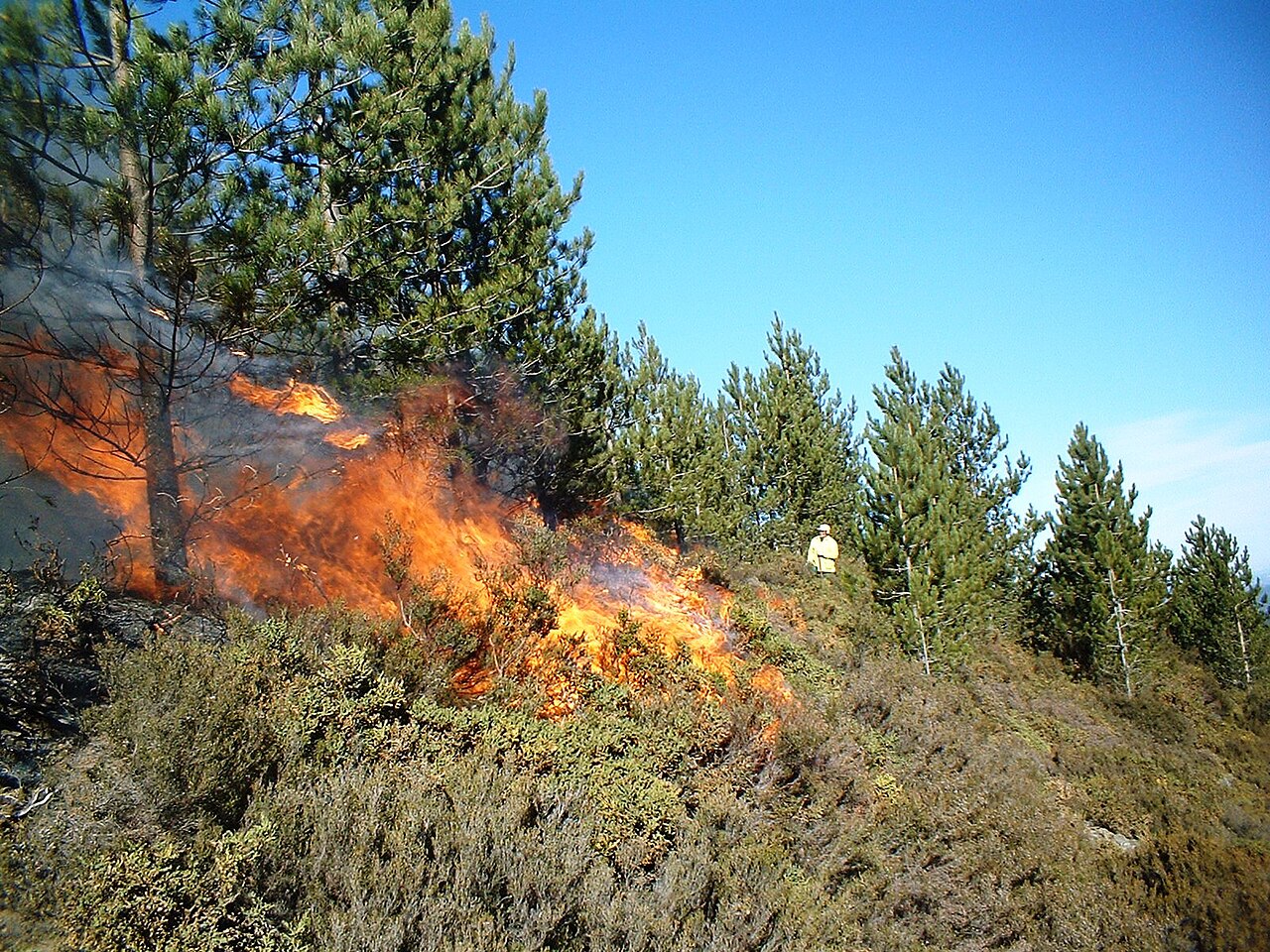
Not only was the year 2017 the warmest on record for Earth, but wildfire activity also broke records in many areas.
Canada had its most damaging season on record in 2023. With over 100 deaths, the Lāhainā fire on Maui in Hawaii was the worst natural disaster in the state’s history.
Global Warming

The expansion in how many heat-trapping gases are introduced into our environment is warming our planet.
This raises the risk of additional and more dangerous wildfires from now on.
Carbon Dioxide Increase
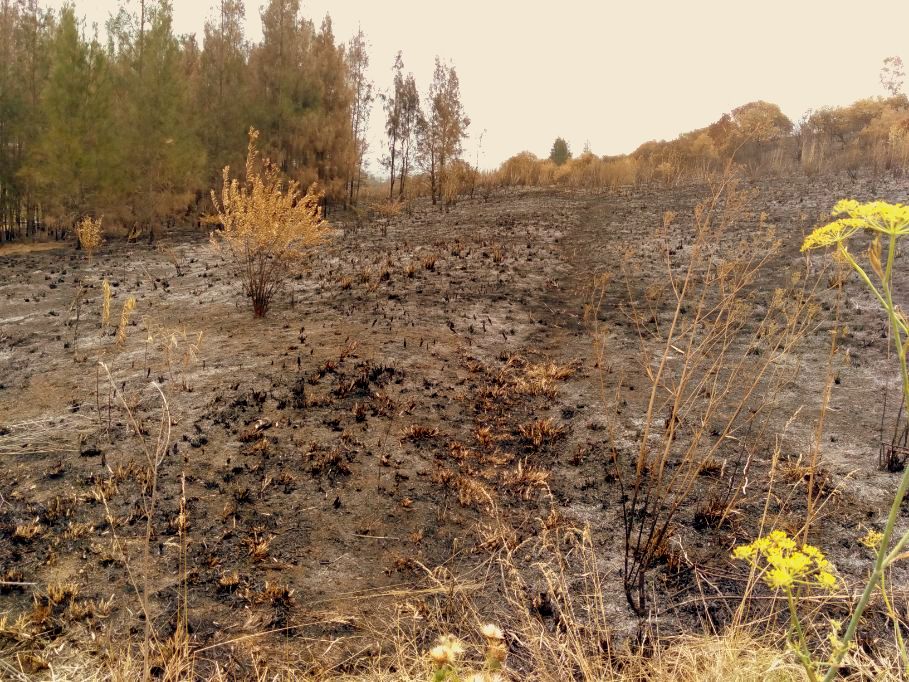
More wildfires mean more carbon dioxide delivered into the atmosphere, further adding to our planet’s warming in a positive feedback loop.
Moving from fossil fuels to clean sources is essential to assist with moderating the impacts of a warming world on wildfires.
Recent Breakthroughs

Advances in innovation offer hope for scientists in the effort to slow global warming.
Recent breakthroughs in the field of batteries have been announced, and they have the potential to make electric vehicles less expensive, safer, and more sustainable.
Heat pumps, the most eco-friendly method of heating and cooling a home, have also seen a breakthrough from researchers.
